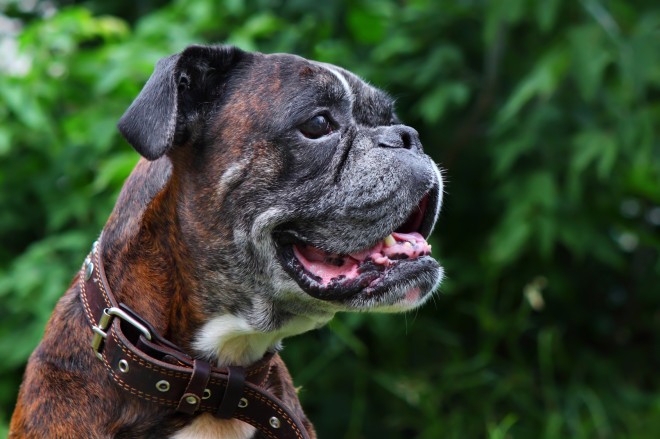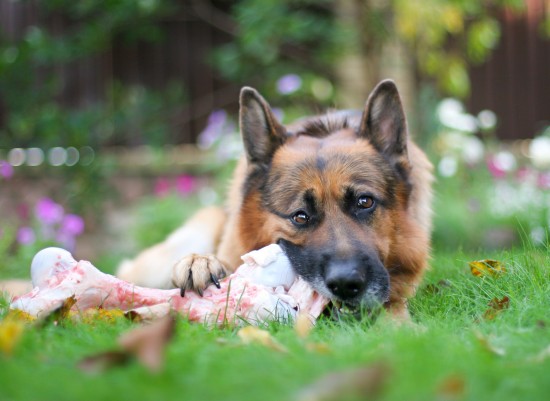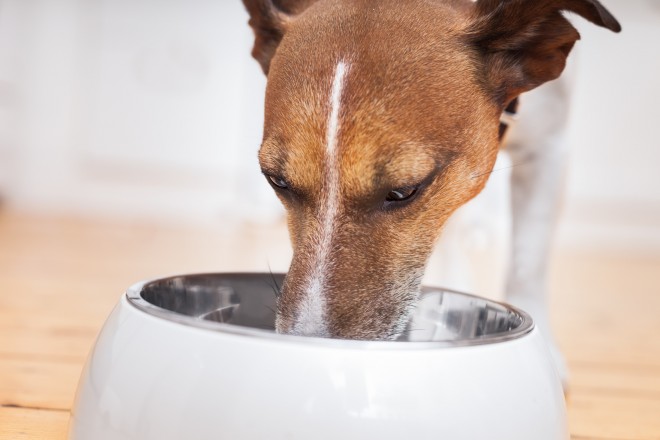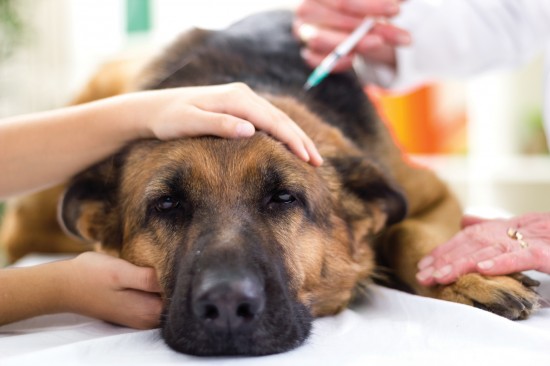Even for the most careful dog owners there is always the chance that a pet may be injured in some way. By having a dog first aid kit handy it is more likely that you will be able to help them and provide the assistance they need until you can get them to the veterinarian. Most of the injuries that dogs will sustain are cuts, burns or injuries to bones. Having a basic understanding of what to do when these accidents occur will make the event less stressful for both yourself and the dog.
Basic First Aid Kit
A first aid kit is easy to put together and can be kept in a small box or backpack in the trunk of a car or in the storage area of the house. It is a good idea to even have two doggy first aid kits, one in the house and one in the vehicle. The basic supplies that should be in the first aid kit include:
?Large and small sterile bandages or cloth. The larger the dog the larger the bandages should be. The bandages should not be the adhesive kind as this will not work with dogs. Simple cotton sterile bandages are best.
?Sterile pads or gauze. Again, depending on the size of the dog there will be some different sizes required. A good selection of sizes is always helpful.
?Large blanket or towel depending on the size of the dog. The blanket or towel is critical to be able to immobilize the dog to prevent further injury or stress.
?Antibacterial cream or ointment. This can be used if you are a long distance from a veterinarian or animal hospital.
?Hydrogen peroxide for cleaning debris or other matter from wounds or open areas.
?Bottled water. This can be used for flushing out wounds or for cooling the dog if heat stroke or shock is an issue.
If your dog has other health issues or has current medical conditions be sure to have the appropriate medications or necessary items. Since most dog medications are relatively inexpensive let your vet know why you would like an additional prescription and usually they will work with you on having an emergency supply.
Basic First Aid
The basics for most issues with regards to dog emergency first aid are very similar. For cuts and burns it is important to clean the area as gently as possible with fresh water and apply a sterile bandage and cover. For a wound apply gentle but firm pressure and for a burn apply a damp cloth and only as much pressure as needed to keep the bandage covering the burn. Never apply any cr鑝es or burn treatments to a burn unless under the direction of a veterinarian.
With either a burn or a cut be sure to keep the dog as cool and calm as possible. Move the dog to the shade or keep in a cool and shady location. If the wound is very large or if there has been a lot of blood loss be sure to completely immobilize the dog by wrapping the dog in either a blanket or a towel to prevent them from moving and causing continued blood loss.
Dogs that are prone to heat stroke, which includes all short or pug nosed dogs, should be closely monitored during hot summer months. Over heating can easily occur if the dog is running or playing in the heat of the day. Watch for wheezing or labored breathing as the initial signs. If the dog is not taken out of the heat they may even begin to stagger or fall down. Immediately move the dog to the shade or into an air-conditioned area. Use a cold cloth and gently sponge the dog to provide additional cooling. Try to give the dog small amounts of cool water.
A great way to learn more about first aid for dogs is to attend a weekend or evening class at a local animal shelter or vet clinic. Some community colleges and breed associations also provide training and give lots of practical information and methods to help your dog through most common first aid emergencies.

 Some Frequently Asked Questions About Canine Diabetes
Some Frequently A
Some Frequently Asked Questions About Canine Diabetes
Some Frequently A
 The Raw Food Debate In Dog Feeding Decoded
The Raw Food Deba
The Raw Food Debate In Dog Feeding Decoded
The Raw Food Deba
 How To Manage A Dog That Won’t Tolerate Being Picked Up
How To Manage A D
How To Manage A Dog That Won’t Tolerate Being Picked Up
How To Manage A D
 Six Ways To Tell If Your Dog Food Is Worth The Price You Pay
Six Ways To Tell
Six Ways To Tell If Your Dog Food Is Worth The Price You Pay
Six Ways To Tell
 Are There Any Downsides To Vaccinating Dogs?
Are There Any Dow
Are There Any Downsides To Vaccinating Dogs?
Are There Any Dow